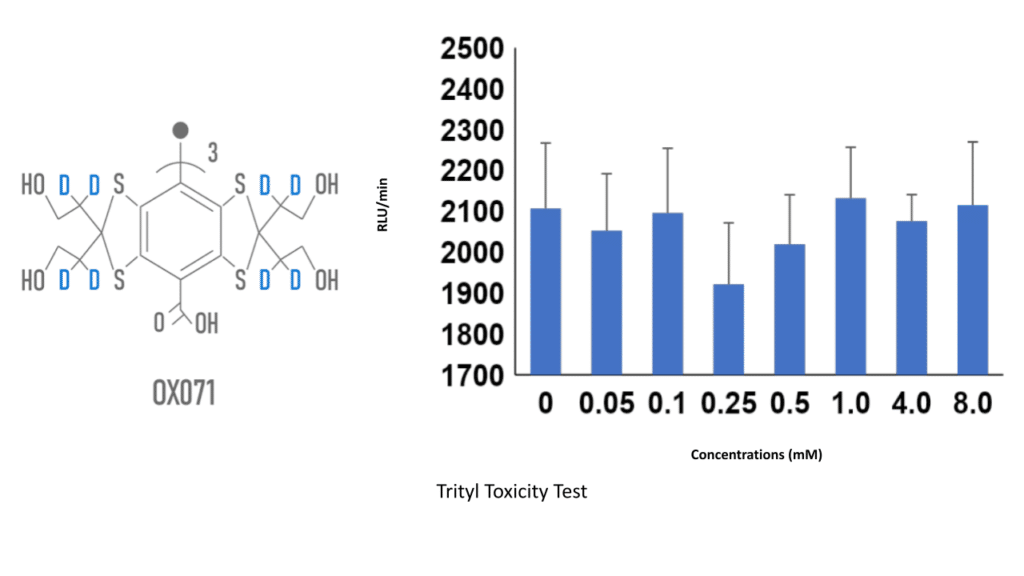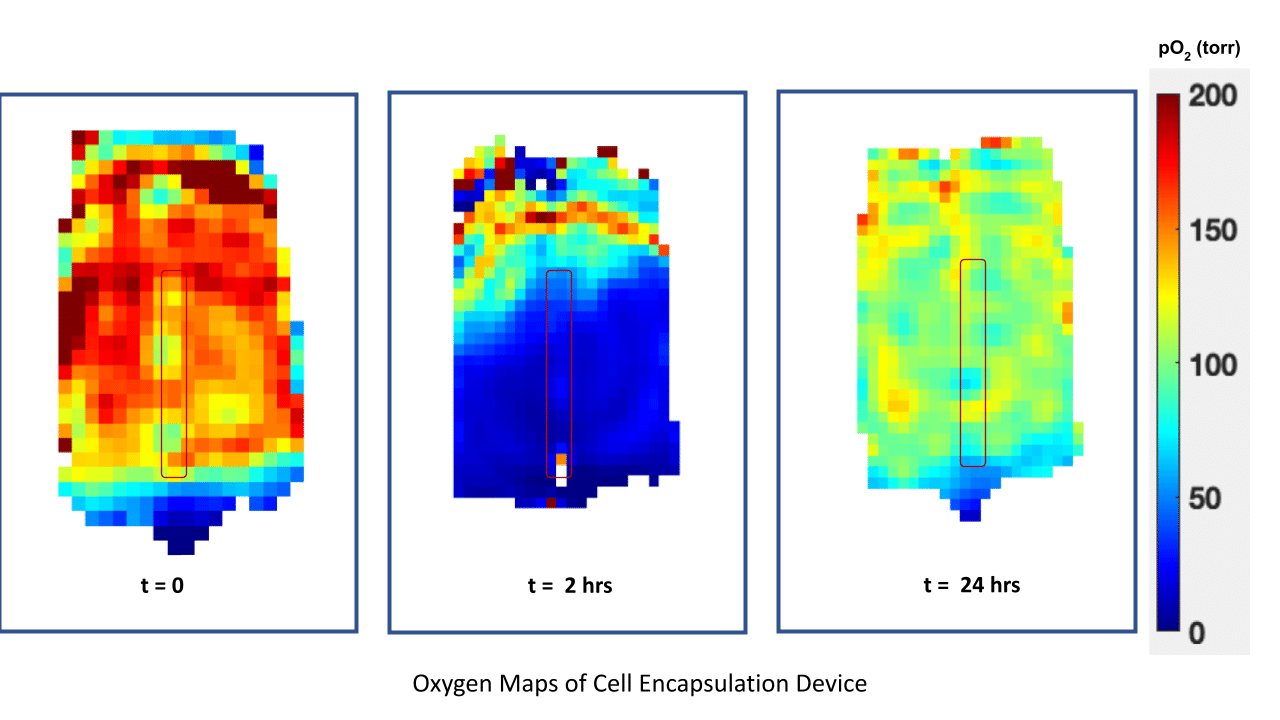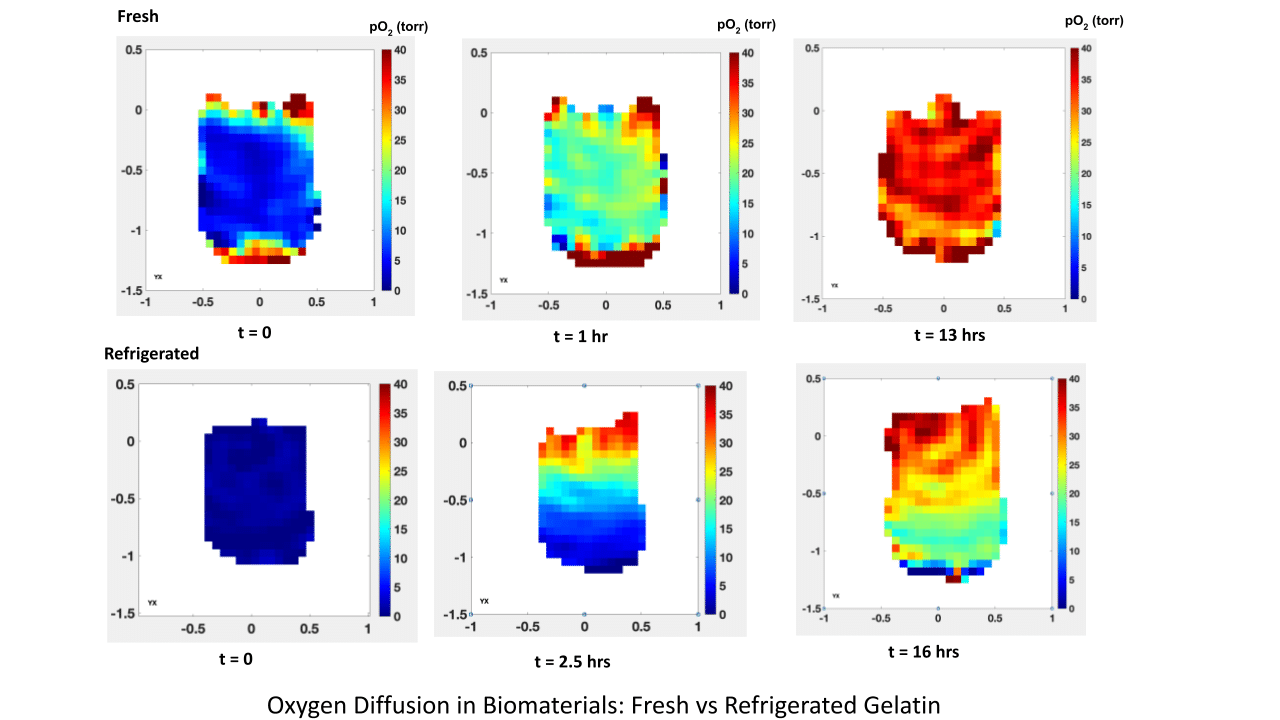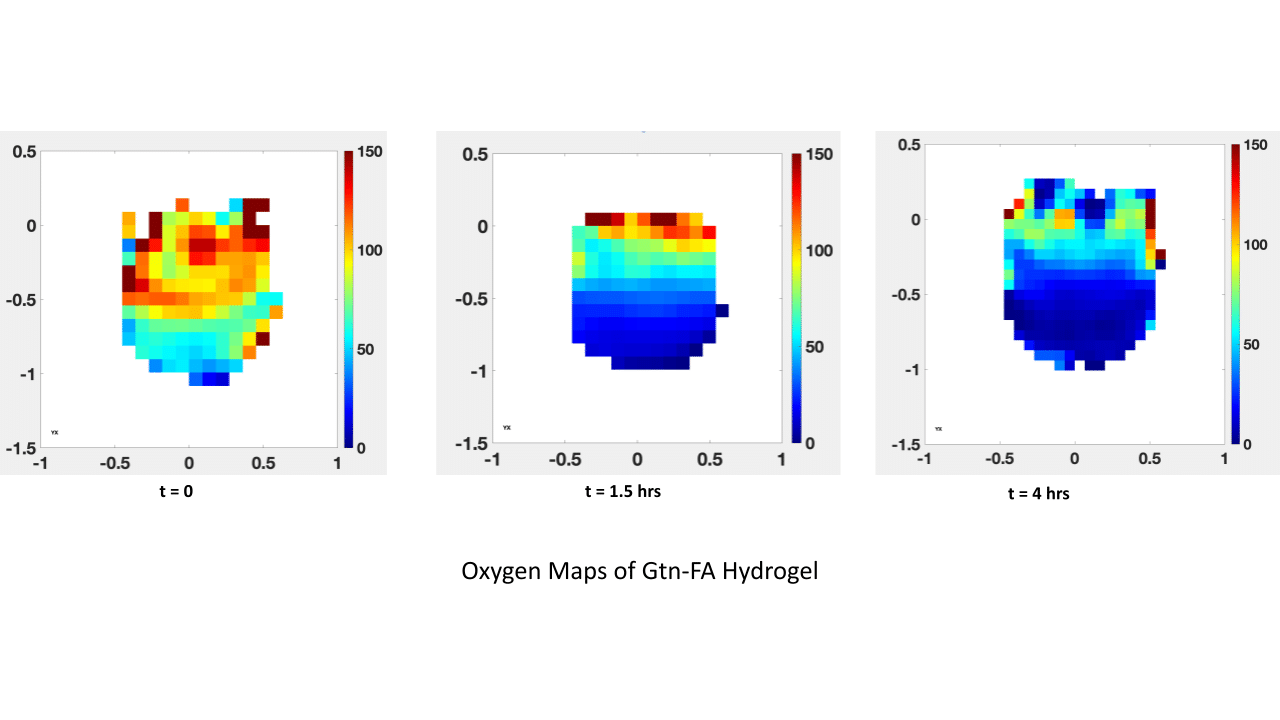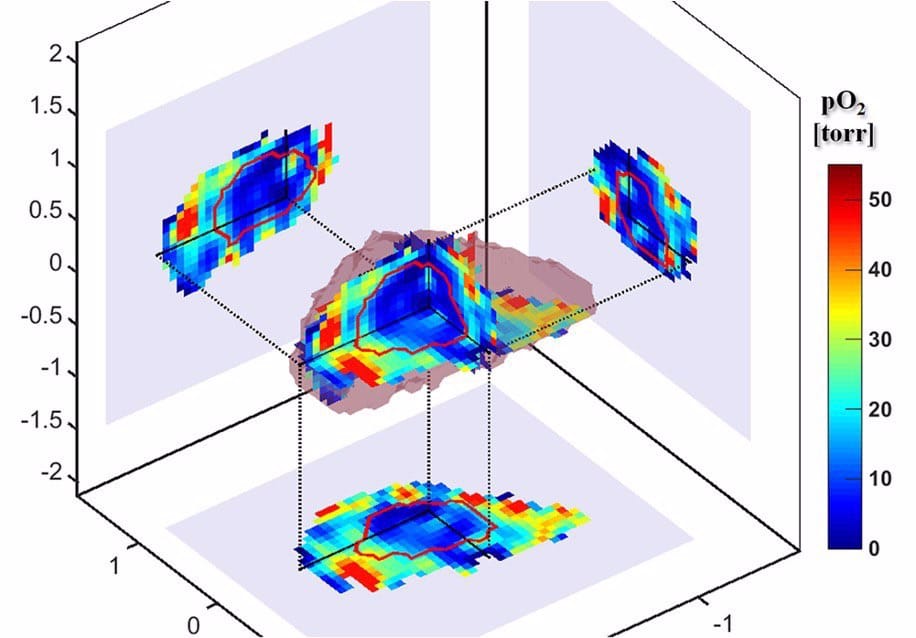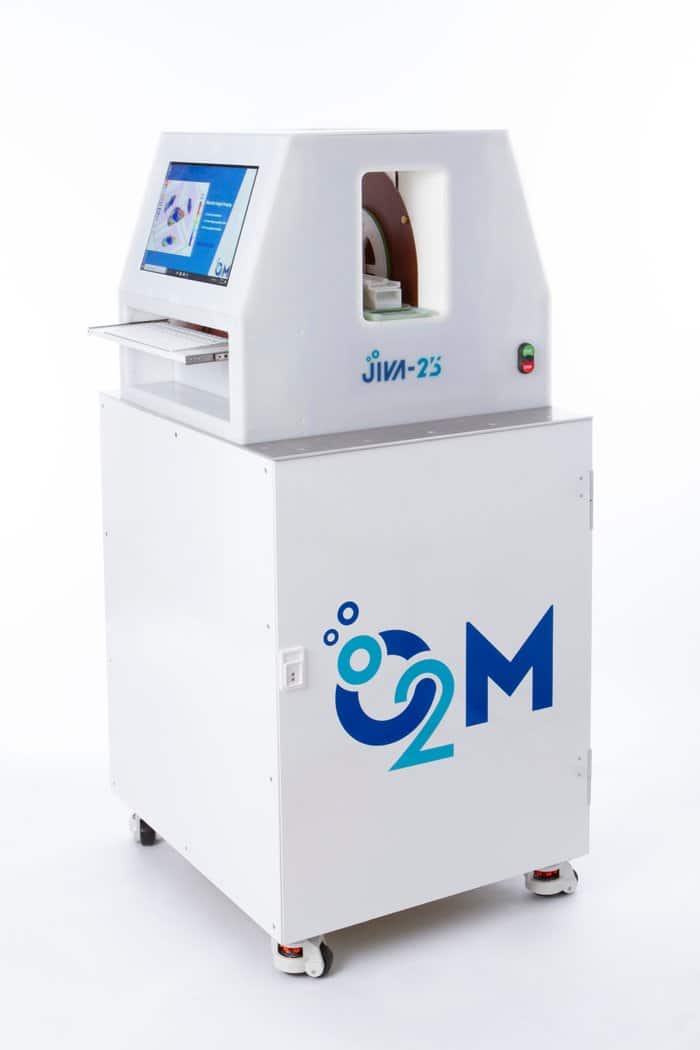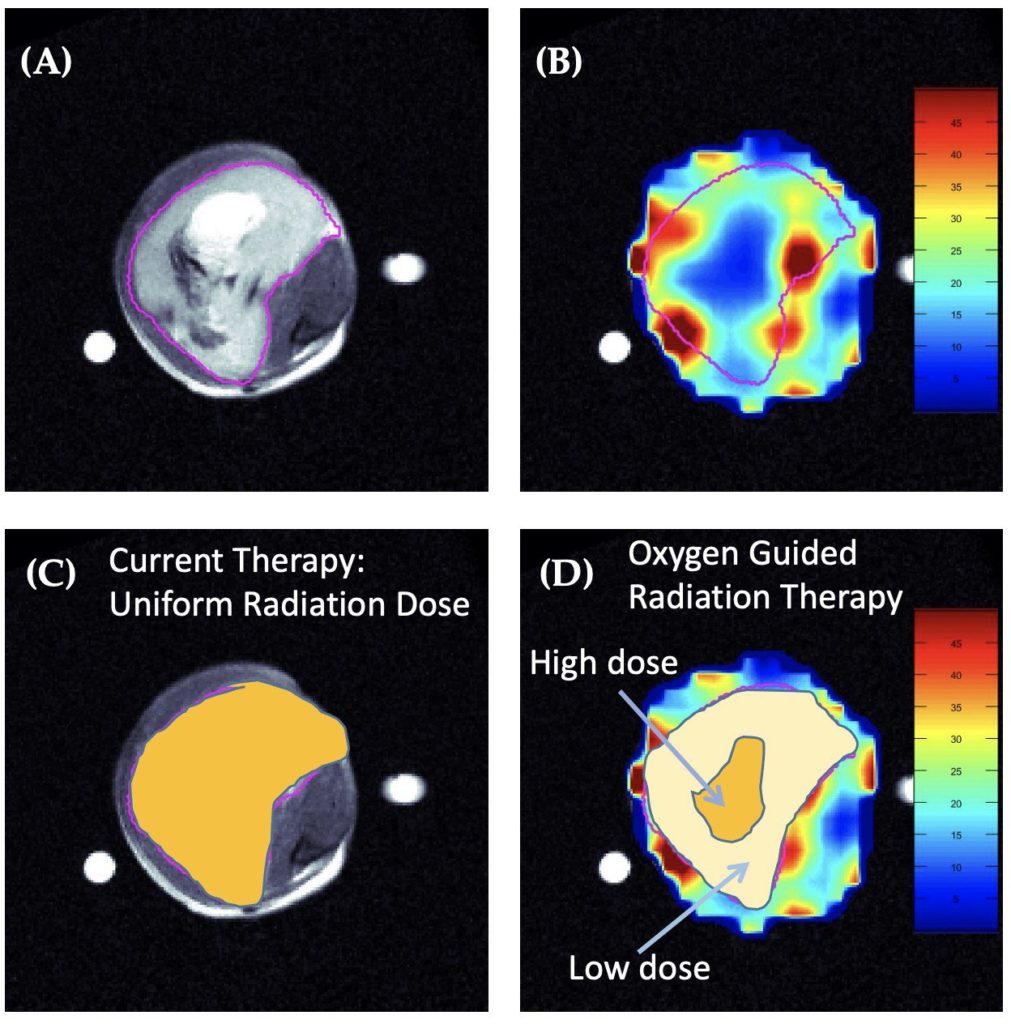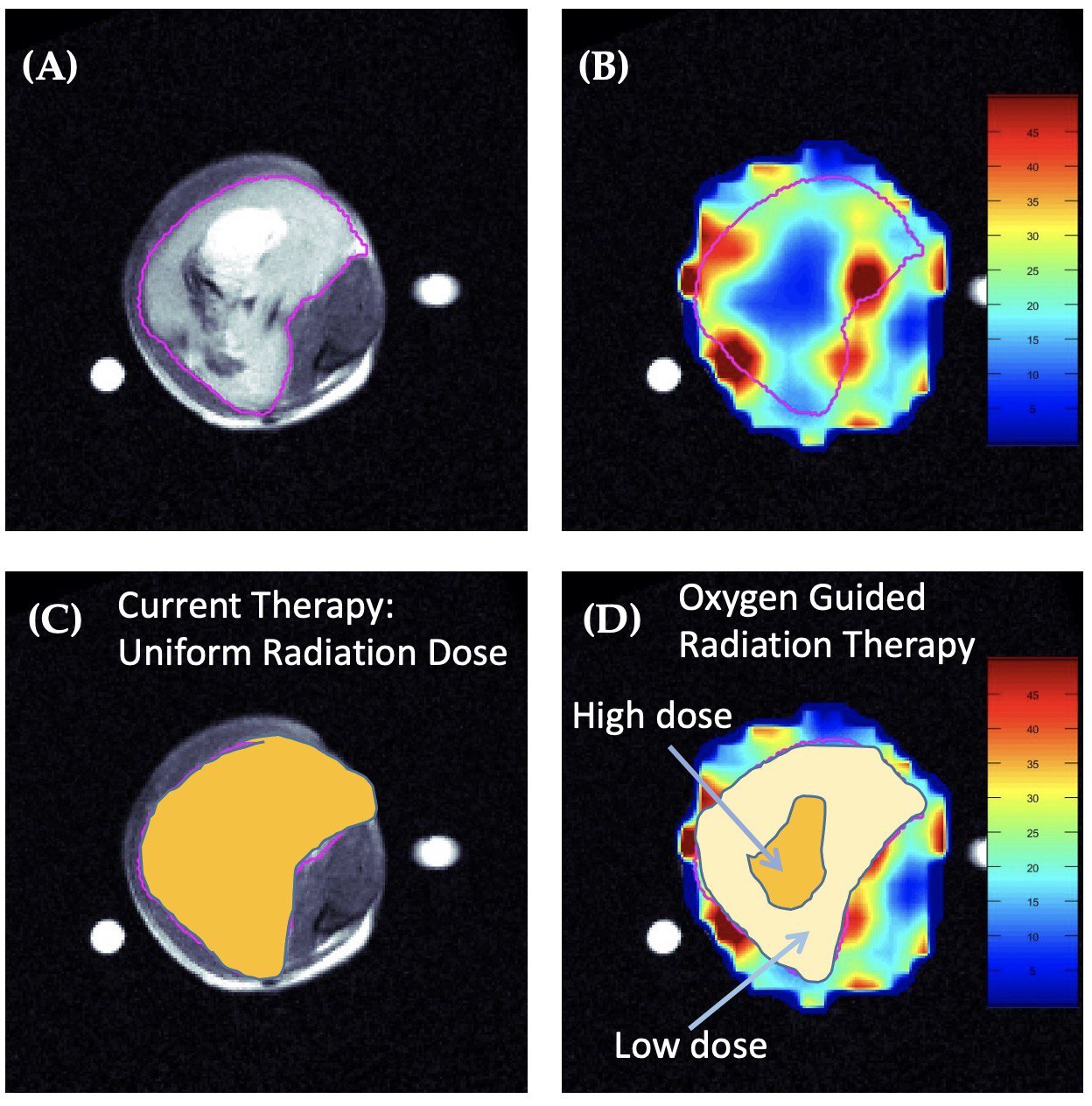First Publication from “Oxygen Measurement Core”
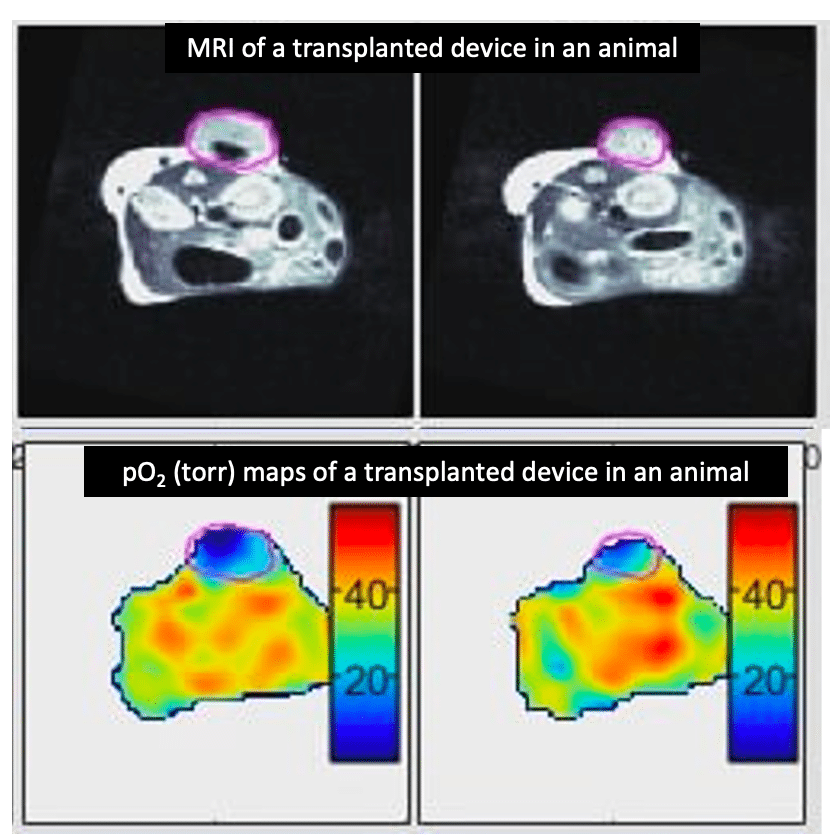
Did you know that JIVA-25™ can provide in vivo partial oxygen pressure (pO2) maps of an implanted devices in a rodent? The pO2 maps provide a crucial missing information to assess the success of all transplanted devices. Reach out to us if you are interested in performing such study in collaboration with us at our "Oxygen Measurement Core" facility or at your lab by bringing a JIVA-25™ to your lab. Looking forward to talk to you about what excites you in your journey of developing new cell- and tissue-based therapies!
First Publication from “Oxygen Measurement Core” Read More »

